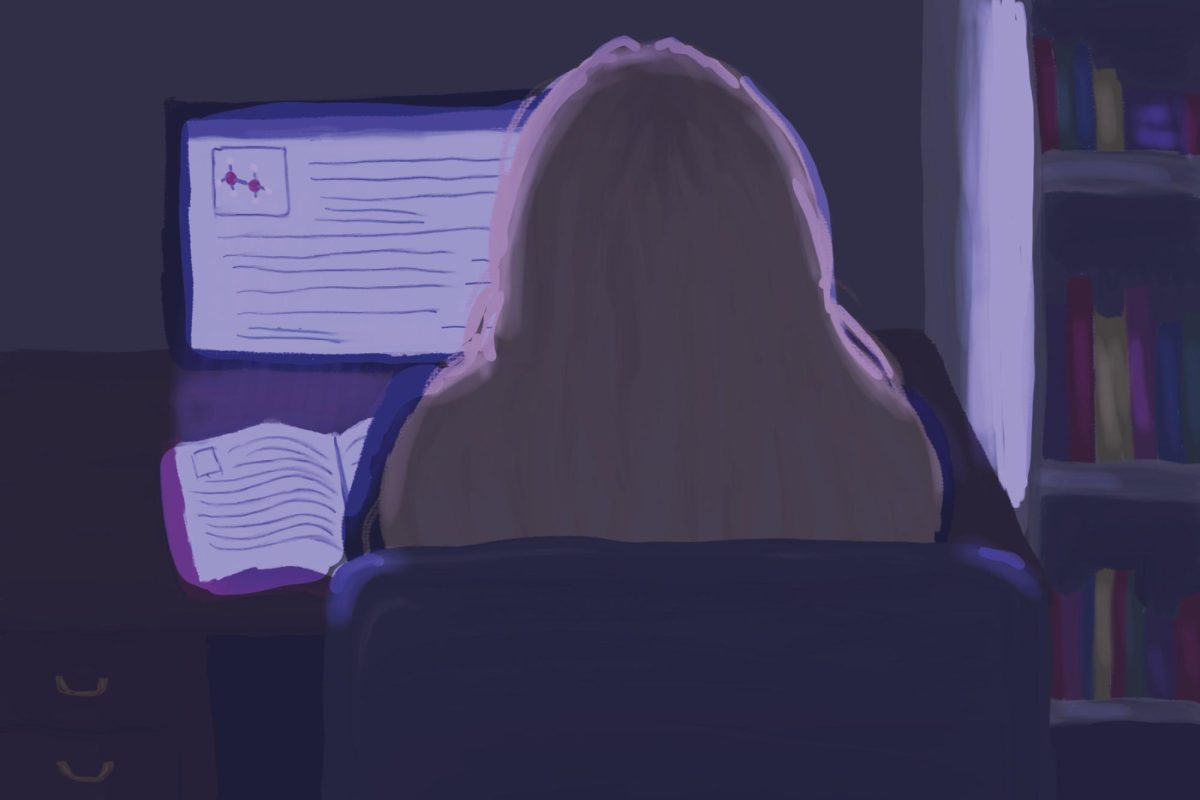Late last month, a situational awareness bulletin obtained by Fox News from the Texas Department of Public Safety warned all Texas law enforcement agencies of the following:
“A review of ISIS social media messaging during the week ending August 26 shows that militants are expressing an increased interest in the notion that they could clandestinely infiltrate the southwest border of U.S. … Social media account holders believed to be ISIS militants and propagandists have called for unspecified border operations, or they have sought to raise awareness that illegal entry through Mexico is a viable option.”
The bulletin, which goes on to direct all Texas law enforcement personnel to be on the lookout for possible terrorist activity, was underscored by a report from watchdog organization Judicial Watch, which concurrently stated on its website that personnel for a number of federal agencies were put on high alert at the report of ISIS agents operating in Ciudad Juarez, Mexico, located directly across the Rio Grande from El Paso, Texas. Further, a bulletin distributed jointly by the Department of Homeland Security and the Federal Bureau of Investigation just a few days prior cited some 32 separate social media posts by agents believed to be associated with ISIS advocating the exploitation of the largely unsecured US-Mexico border for infiltration purposes.
Located directly on the Rio Grande, the El Paso Metropolitan Statistical Area is home to just over 830,000 residents, and includes Fort Bliss, the nation’s second largest military installation. Located further downriver is Laredo, Texas, another major entry point on the US-Mexico border which is home to more than 250,000 residents. Further southeast along the border from Laredo is the Brownsville-Harlingen MSA, with more than 415,000 residents of its own. All three cities are within a day’s drive of Dallas, Houston, San Antonio and Austin, which are the nation’s fourth, fifth, 25th and 35th largest MSAs, respectively, and collectively contain roughly 17.3 million residents. Additionally, Fort Hood, the world’s largest military installation and the site of Islamic radical Nidal Hasan’s 2009 mass shooting, finds itself only an hour’s drive further from the border than Austin.
On the border’s western end, the situation looks no better. In California, Los Angeles, San Francisco, Riverside and San Diego, the nation’s second, 11th, 13th and 17th largest MSAs, respectively, with approximately 25.2 million residents in total, all find themselves within a day’s drive of the nation’s border. A number of U.S. naval and marine bases, including the infamous Twentynine Palms, California, do as well.
It doesn’t take a rocket scientist to figure out that the mouth of ISIS is salivating at just the thought of carrying out an attack in areas so densely populated and strategically important. With the sheer volume of drug cartels who utilize our southern border’s insecurity to their advantage each day, it is no stretch of the imagination to see those thoughts becoming actions.
During his address on the evening of Sept. 10, President Obama outlined the steps his administration is taking to “degrade and ultimately destroy” ISIS. Even as a Republican, I admit I thought the speech was strong, and it was certainly a welcome change of pace from the president’s soft-handed approach to issues of defense and national security.
I could not help but notice the president left out the critical element of securing our homeland: the border. Despite having a golden opportunity to call for expedited, bipartisan action from Congress to secure our woefully porous border, the president said nothing on the issue. One is left to speculate whether such an omission is intended for political reasons, or if the president fails to see the connection between border security and national security in general. But in either case, of this there can be no question: the president had an opportunity to lead on an issue of vital importance to our nation’s safety, and he didn’t.
Andrew Parks is a senior studying political science. His column runs biweekly.








